A young adventurer gives Vivaldi’s most famous work a refresh
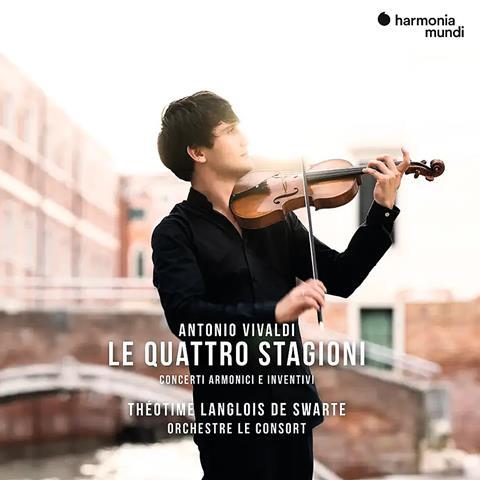
The Strad Issue: April 2025
Description: A young adventurer gives Vivaldi’s most famous work a refresh
Musicians: Théotime Langlois de Swarte (violin) Julie Roset (soprano) Le Consort
Works: Vivaldi: The Four Seasons; Violin Concertos: E major RV264, G minor RV155, F major RV292; movements from violin concertos RV268 and 202 and Bassoon Concerto RV491 (arr. Langlois de Swarte and Fourés); Nulla in mundo pax sincera RV630: aria. Gentili: Trio op. 1. no.1: Adagio. Lambranzi: Danze da Nuova e curiosa scuola de’ balli teatrali (excerpts arr. Langlois de Swarte and Fourés)
Catalogue number: HARMONIA MUNDI HMM90275758 (2 CDs)
Laying down works as prolifically recorded as Vivaldi’s Four Seasons generally requires some novelty value for marketplace success. Théotime Langlois de Swarte’s concept extends beyond depicting these concertos’ detailed programmes to contemplating their spiritual meaning, as signalled by their constant reference to life’s vicissitudes and symbolic exploitation of tonality according to Baroque aesthetics. He also forges his own seasons cycle, modelled on Vivaldi’s original tonal scheme but constructed from other Vivaldi concertos/movements (as well as pieces by two potentially influential contemporaries) that employ similar tonal symbolism. His introductory essay explains the reasoning behind his repertoire selections.
Although de Swarte’s actual performances are not especially novel, they testify to his outstanding technical equipment, precision and artistry; but his dual identity as a Baroque/contemporary violinist occasionally leads him to favour modern over period bow-strokes, most notably in the opening Allegros of ‘Autumn’ and RV264. Emphasis is on bravura elements, with outer movements often continuo driven at express tempos; any extempore ornamentation is only selectively employed. Le Consort’s rich instrumentarium contributes significantly to the colourful portrayal of extra-musical detail.
The other items on the menu include the aria from Nulla in mundo…, elegantly delivered by Julie Roset; the sharp contrasts of the Concerto RV155, persuasively dispatched; the Largo of RV202, with its thoughtfully conveyed violin recitative; and Lambranzi’s theatrical dances Mato, Zurlo Bacho, the ‘Spring’-like Micarena and the lively Salt’ in maro, with its additional percussion.
The close recording picks up some superfluous sounds but has a warm and resonant ambience, even if the balance is occasionally unreal.
ROBIN STOWELL
Read: ‘I had two identities’ - Baroque violinist Théotime Langlois de Swarte
Read: Théotime Langlois de Swarte: Dramatic flair
Watch: Théotime Langlois de Swarte performs J. Eccles ‘The Mad Lover’

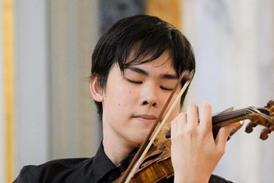
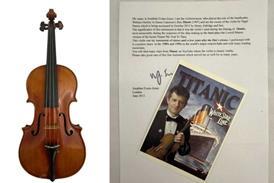
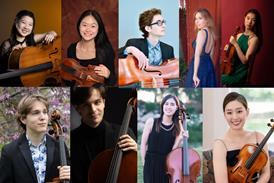
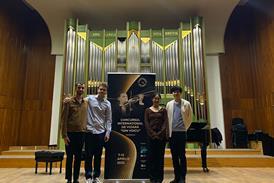
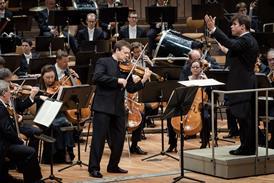
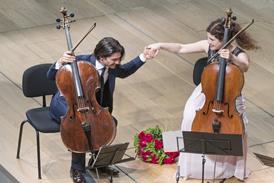


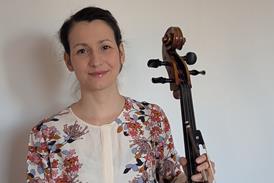
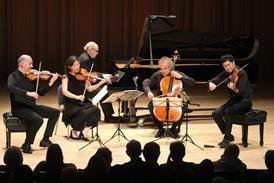
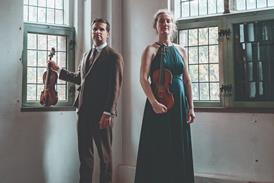
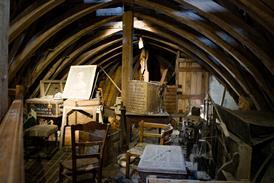
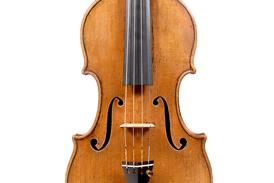
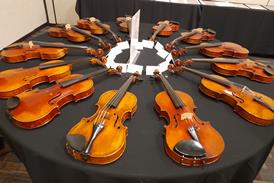
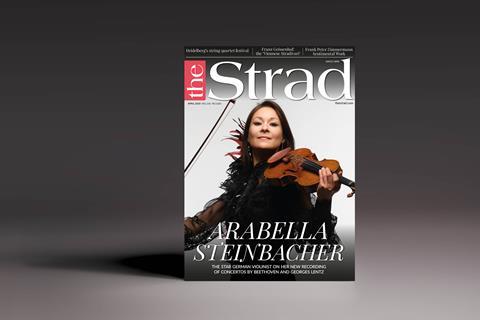
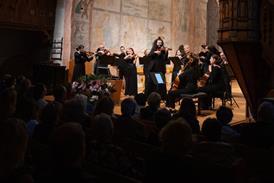

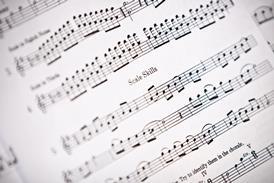
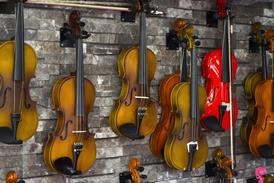
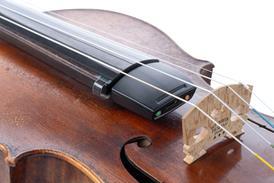
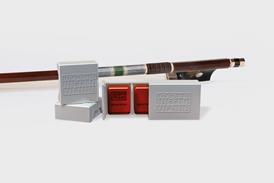
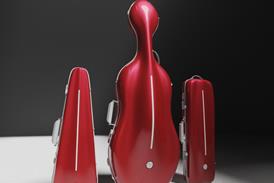












No comments yet